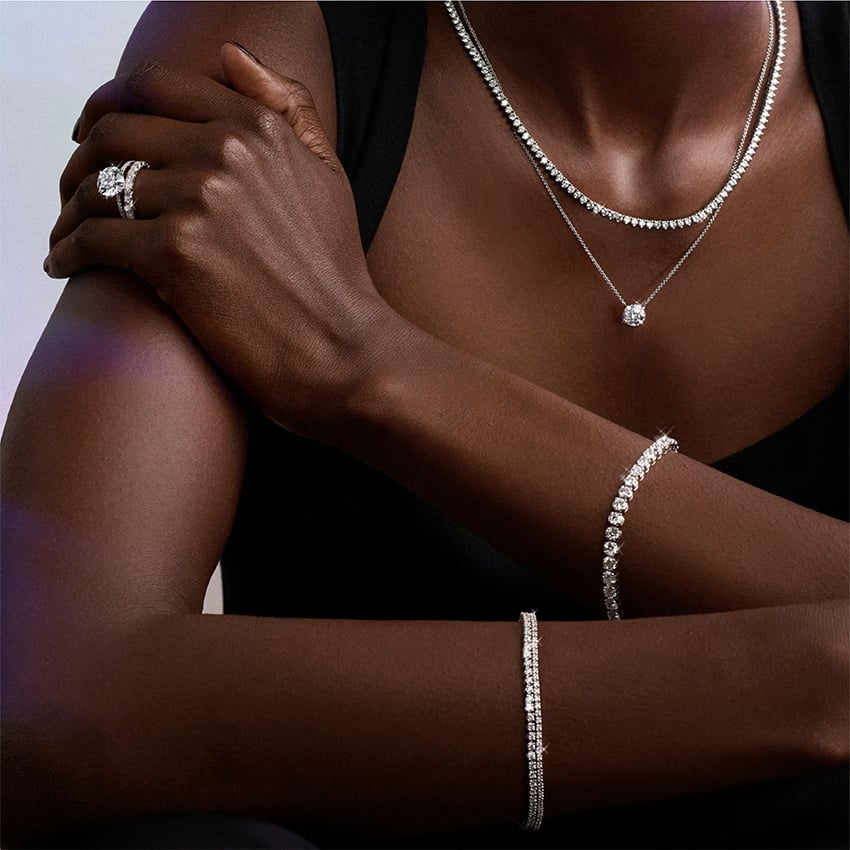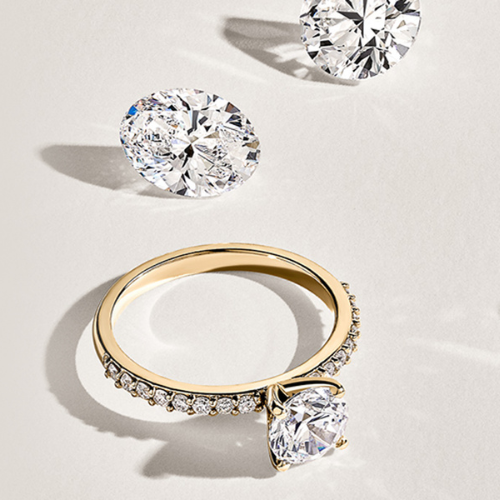-
Engagement Rings
Shop by StyleShop By MetalFEATURED
- Exclusive Design Collections
- Tacori
- Reflections Collection
- Gemstone Engagement Rings
- Men's Engagement Rings
EDUCATION -
Wedding Rings
Women’s by MetalMen’s by Metal
-
Diamonds
Design Your OwnFeaturedEDUCATION
-
Gemstones
PRESET GEMSTONE RINGSFEATUREDEDUCATION
-
Jewelry
SHOP BY STYLEDESIGN YOUR OWNFEATURED
-
Gifts
Top GiftsGifts With Meaning
- Birthstone Jewelry
- Symbolic & Religious Jewelry
- Engravable Jewelry
- Jewelry That Gives Back
- Fairmined Jewelry
Create Your OwnGIFTS BY RECIPIENTGIFTS BY OCCASIONMORE GIFT IDEAS - About







